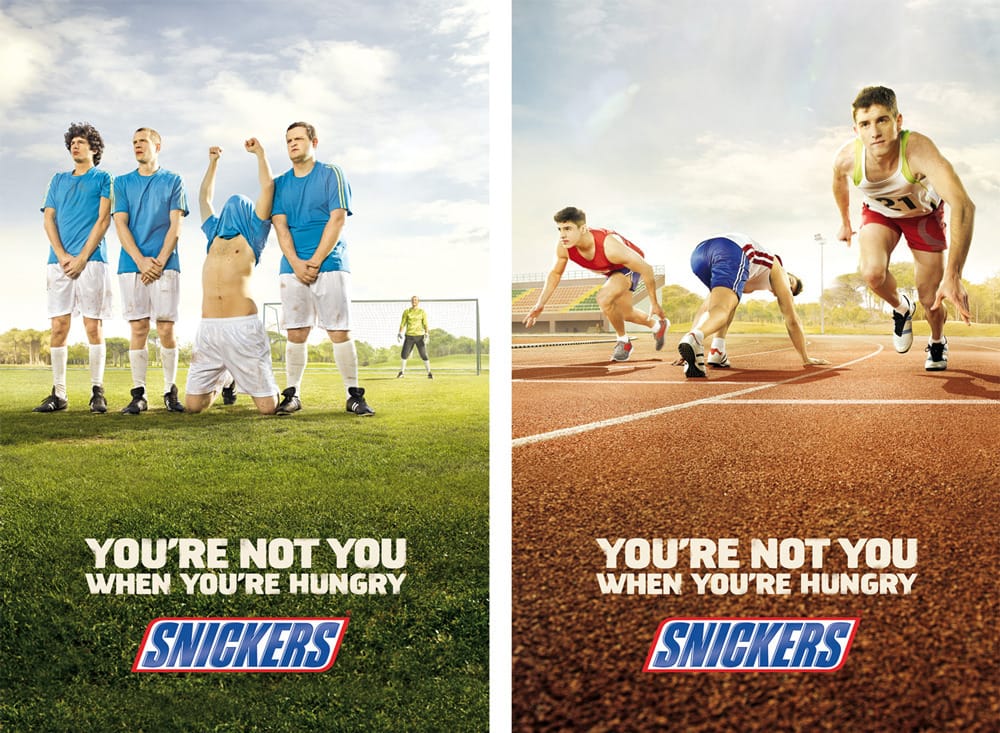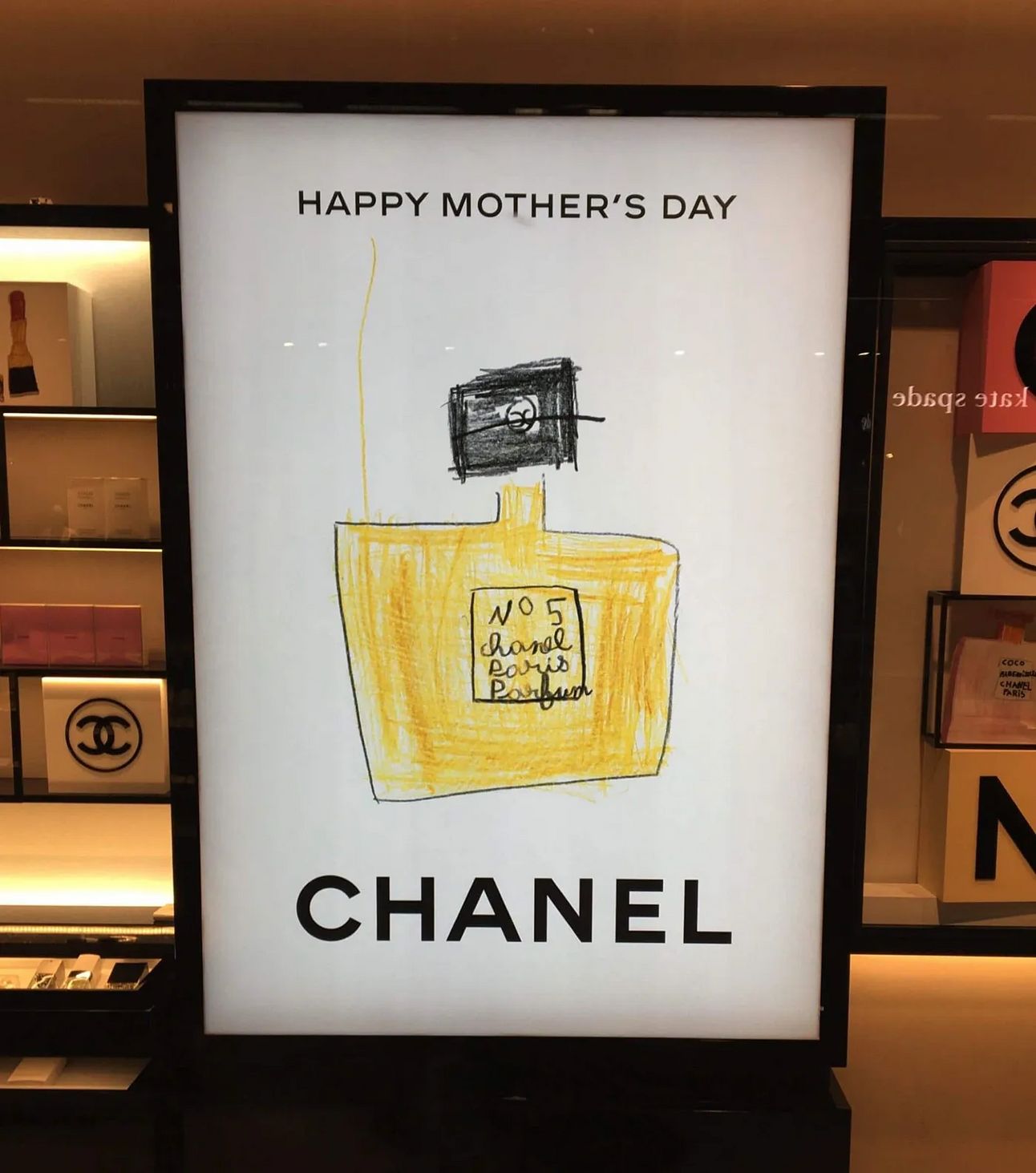- Beyond The Brief
- Posts
- Insights Aren’t Facts
Insights Aren’t Facts
An insight that doesn’t connect to the product isn’t an insight

Hey!
In advertising, the word “insight” gets thrown around like confetti. Everyone’s excited, everyone’s searching for the next big thing. But here’s the truth: most people screaming “insight” don’t even know what one is.
So, what is an insight? It’s not a fact. “Water is wet.” “Gen Z lives on their phones.” “People like variety when shopping.” These are facts—not insights. A true insight is an aha moment. It’s the human truth hiding in plain sight, waiting to be connected to your product.
And finding one isn’t easy.
Why Facts Aren’t Enough
Research can help, but let’s be real—people lie. If you ask me how often I work out, I’ll say “three times a week.” Reality? Once, plus some half-hearted stretches. That’s why the best insights come from observing real behavior:
Watch how people shop.
Listen to what they say (and don’t say).
Read anonymous forums where honesty thrives.
Stay curious.
Insights are everywhere if you know where to look—and they only work if they connect to the product.
When Insights Meet Products
Snickers
Take Snickers’ campaign, “You’re Not You When You’re Hungry”. It’s not just clever—it’s tied directly to the product.
Snickers is calorie-dense, packed with peanuts, chocolate, and caramel. It’s designed to satisfy hunger fast. The insight? Hunger makes you act strange, and Snickers fixes that. It’s been their platform since 2009, and it works because it’s rooted in the product.

Bfriedmn, “Snickers Won the Lottery With the ‘You’re Not You When You’re Hungry’ Campaign - Global Strategic Communications Creative.”
Chanel 5
This is a product insight because the perfume is so iconic that even kids recognize it as their mom’s favorite. It’s simple, emotional, and perfectly aligned with the brand’s identity.

“Chanel Celebrates Mother’s Day by Getting Kids to Draw Some of Their Most Iconic Products.
Tetley
The insight lies in how a cup of tea creates the perfect moment to spend time with those you care about. It’s not a product-specific insight but a universal category truth that works for anyone. Not groundbreaking, but it’s clear, relatable, and perfectly aligned with the category’s purpose.
Nike
Insight: “The hardest line to cross is the starting line.” This could work for any sports brand, but Nike owns it because of their “Just Do It” platform. They’ve been building this narrative for decades, and it pays off.
Social Causes
Compare that to insights for social causes. They’re not tied to a product, but they’re still powerful. Two examples on suicide prevention:
Both hit hard because they reveal a hidden truth, forcing us to see things differently. Sometimes suicide doesn’t look suicidal.
How To Find Insights
I’d love to give you a foolproof formula for finding insights—but I do not know one. Here’s what works for me:
Read a lot. Watch TikTok. Dive into the comments.
Observe people—how they shop, talk, and act.
Ask questions. Then ask more.
Analyze the data but trust your gut.
When all else fails, put on a good song, go for a walk, and let your mind wander.
Insights aren’t obvious, but they’re worth the hunt. They’re what separates campaigns that sell from campaigns that win awards (and nothing else).
If you found this article helpful or inspiring, share it with a friend or colleague who’s hunting for their next big idea. Let’s spread the word about what insights really are—and how they can change the game.
Until next time,
Marti
Reply